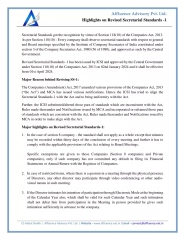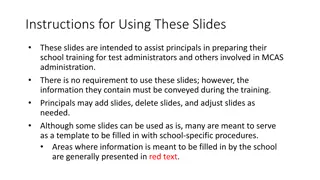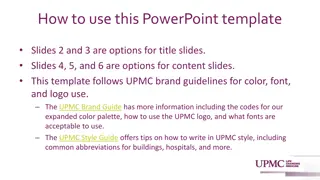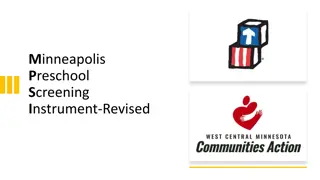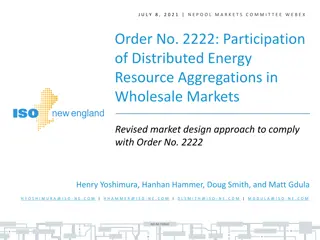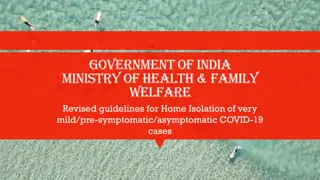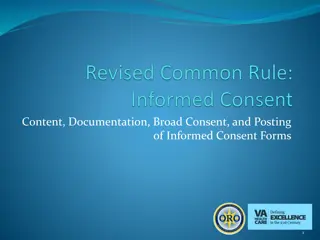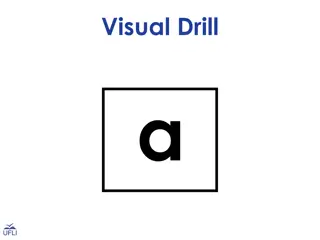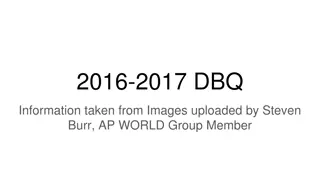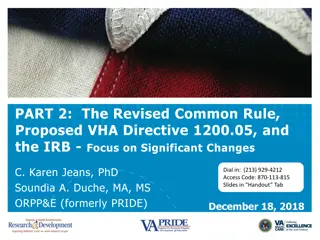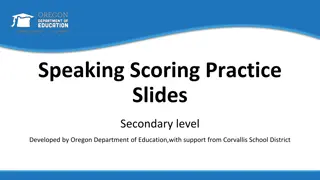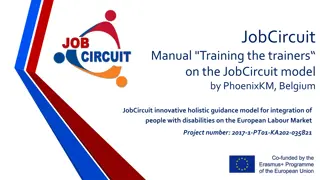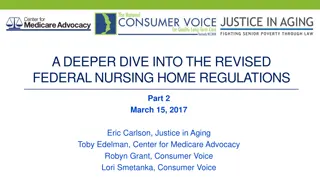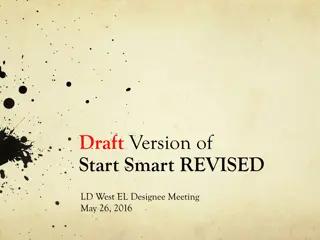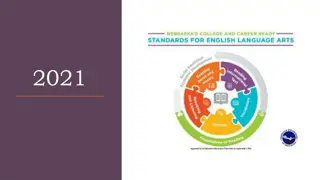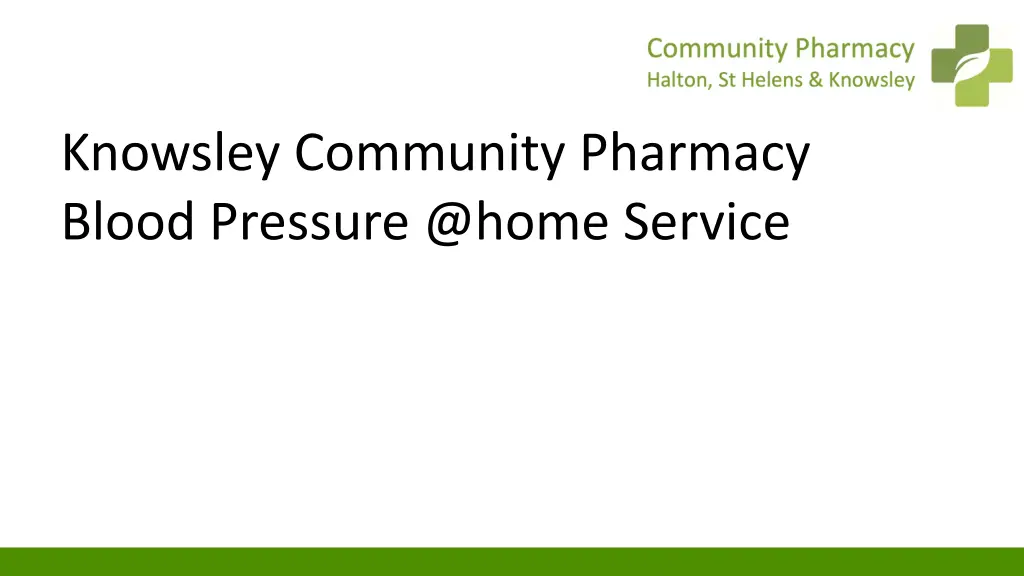
Knowsley Community Pharmacy Blood Pressure @Home Service Overview
"Explore the comprehensive overview of the Knowsley Community Pharmacy Blood Pressure @Home Service pilot program, which aims to manage hypertensive patients effectively. Learn about the referral process, consultation procedures, and outcomes. This pharmacist-only service, currently available in Knowsley, emphasizes patient monitoring and collaboration with GP practices for better patient care."
Download Presentation

Please find below an Image/Link to download the presentation.
The content on the website is provided AS IS for your information and personal use only. It may not be sold, licensed, or shared on other websites without obtaining consent from the author. If you encounter any issues during the download, it is possible that the publisher has removed the file from their server.
You are allowed to download the files provided on this website for personal or commercial use, subject to the condition that they are used lawfully. All files are the property of their respective owners.
The content on the website is provided AS IS for your information and personal use only. It may not be sold, licensed, or shared on other websites without obtaining consent from the author.
E N D
Presentation Transcript
Knowsley Community Pharmacy Blood Pressure @home Service
Training Overview Background to the pilot Outline of the service and service Materials Tips for delivery of the Service Referral Process Consultation recording via PharmOutcomes Service Outcomes
Background This is a Knowsley only service at present. Pharmacies have been commissioned to supply 1,600 BP monitors which have been allocated for the service Nationally the project has been implemented via GP practices The BP@home, supply of blood pressure monitors, supports the management of existing hypertensive patients in Primary care It is a pharmacist only service and relies on a referral from a Knowsley GP practice. BP machines CAN NOT be given out to patients who have not been referred Knowsley GP practices are piloting the supply via community pharmacy. If the pilot is successful we would look to increase the number of blood pressure monitors available and expand to other CCG areas
Outline of the Service GP Referral received via PharmOutcomes contact the patient to arrange an appointment 1st Consultation Check patient identity and gain patient consent for the service Explain to the patient how to take a blood pressure reading and check the cuff size Provide the patient with the BP machine (for patient to keep), appropriately sized cuff and patient diary. Explain that they are required to take and record a series of blood pressure readings across a 4- day period, (2 in the morning and 2 in the evening) and notify the pharmacist of these readings within 1 week, ideally in person or over the telephone Explain they need to make an appointment to see their GP if they have 2 consecutive readings = or > than 170mmHg systolic or = or > than 115mmHg diastolic either number Provide advice regarding action to be taken if irregular heart beat flags
Outline of the Service -contd Second Consultation The pharmacist will calculate the average BP reading for the 4-day period, enter the information onto PharmOutcomes and provide the patient with relevant advice The pharmacist will select the GP notification based on the average BP reading and send to the GP practice and the patient will be followed up by their GP practice as clinically appropriate There is a payment of 20 per patient The pharmacy will not be paid if the referral is rejected or the patient is lost to follow up.
Service Materials and happy-hearts website Community Pharmacy Blood Pressure@home Service Checklist outlines the steps to be taken Consultation recording is via the PharmOutcomes template. When you give the BP machine to the patient Partially save the consultation as you will need to record the outcome of the consultation in a few days time, calculate the average BP reading and send the GP a notification. Once the second consultation has been completed the consultation can be fully saved. The PharmOutcomes template contains The 4 day calculator which is to be used to calculate the average reading Blood pressure thresholds Copy of the patient diary Service level agreement Print off copies of the patient materials in a service delivery folder.
Service Materials and happy-hearts website Materials can also be found in the professional section of the happy hearts website https://www.happy-hearts.co.uk/professionals/blood-pressure/professional-resources-and- materials BP record sheet auto calculator v7 also accessible via PharmOutcomes template Cuff guidance Pharmacy checklist Key lifestyle messages Patient diary also accessible via PharmOutcomes template Useful links patient resources Checking BP at home poster How to measure blood pressure at home video
What if a patient missesreadings? Advise the patient they should ideally take the readings across 4 consecutive days If they forget to take the readings on one day - then they can take the readings on the following day, until they have 4 days readings If the patient forgets to take a set of readings e.g. 2 evening readings are missed. Replace the missed evening readings with evening readings from the next day. They are not to use morning readings
What if an irregular heart beat flags on the machine? Advise the patient to contact their GP practice for a same day appointment - so their heart rhythm can be checked If the patient has not contacted their GP practice and advises you of an irregular heart beat when providing their BP readings Tick the irregular heart beat box on the PharmOutcomes template this will populate on the GP notification Select the GP notification colour based on the average BP reading Contact the GP practice for a same day appointment
Tips to successfully delivering the service Refer to the Pharmacy Checklist - it summarises the process Consent includes the provision of the service and evaluation Any evaluation will be anonymized data Measure for the correct cuff size See cuff guidance It is really important for the accuracy of the reading that the cuff is the correct size for the patient If the standard cuff is too large. Reject the referral, adding cuff too large, to comments box and advise the patient to contact the GP practice for a non urgent appointment. Show the patient how to take a BP reading and check that the patient understands. Let them have a trial run to gain confidence. Check to see if they have anyone to help them put the cuff on discuss who could help Give the patient the Patient diary as a reminder of how to take the readings and to use to record the readings on
Tips to successfully delivering the service Key advice for the patient Explain what to do if they miss a reading Explain what to do if the machine flags an irregular heart beat Explain they need to make an appointment to see their GP if they have 2 consecutive readings = or > than 170mmHg systolic or = or > than 115mmHg diastolic either number Agree a date and time for the second consultation this can be face to face or telephone Use the resources in the PharmOutcomes template and on the happy-hearts website Pharmacist will need to select the notification based on the service BP thresholds Check at least weekly how many BP machines and XL cuffs you have Remember to order XL cuffs (if needed) when ordering extra machines. If the notification doesn t send automatically via PharmOutcomes send to GP practice in hard copy or via NHSmail When the LPC confirms the referral mechanism is in place. Let your GP practice know you are ready to receive referrals
So how does this work? 2. GP practice create a referral using the patient access button 1. Practice contact the patient to gain consent to refer to pharmacy 3. The pharmacy receives the referral and calls the patient 4. The patient has a face to face appointment with the pharmacist and collects their BP machine 5. The patient provides their BP readings and the pharmacy notifies the GP practice
At Home BP targets Select the appropriate BP notification based on the age of the patient and value of the systolic and diastolic readings according to the @home BP targets
Patient examples Patient is 65 years old with an average BP reading of 132/90 mmHg they fall under the amber above target category because the diastolic reading is above the well controlled threshold Patient is 80 years old with an average BP reading of 142/84 mmHg they fall under the green well controlled category because they are meeting the targets for their age group Patient is 43 years old with an average BP reading of 170/115 mmHg they fall under the red poorly controlled category and require a same day appointment to be made by the pharmacist with the GP practice.
Patient Examples Patient is 72 years old with an average BP reading of 135/84 mmHg. Irregular heart beat flagged when taking the readings and they haven t contacted the GP practice. Send amber notification based on average BP and contact GP practice for same day appointment. Patient is 85 years old with an average BP of 90/65 mmHg they fall under the amber target category because their BP is low Patient is 55 years old with an average BP reading of 168/113 mm/Hg, but 2 consecutive readings of=> 170/115mmHg either reading they fall under the red poorly controlled category and require a same day appointment to be made by the pharmacist with the GP practice.
Service Outcomes 1. Accept / Reject feature - not paid for rejections If the pharmacy is unable to contact the patient the pharmacy can reject the referral, a notification will be sent to the GP practice. 2. Patient attends - paid The pharmacist calculates the average BP reading, and clicks on the appropriate notification. 3. Patient unable to take BP reading - paid Consider if further support could be provided to enable readings to be taken. If not mark as patient unable to take BP readings 4. Patient self-referred to GP practice - consecutive high readings or irregular heart beat paid Patient contacted the GP practice for an urgent appointment due to 2 consecutive readings > 170mmHg/115mmHG either reading 5. Lost to follow up not paid If the patient does not present or provide the BP readings within 7 days of the initial consultation the pharmacist is to contact the patient to obtain the BP readings. A minimum of three attempts over 2 days should be made to contact the patient. If the pharmacist is unable to contact the patient to obtain the BP readings. Mark the follow-up consultation as patient did not present with BP readings . The consultation record is considered as incomplete and ineligible for payment.
Equipment Supply An initial quantity of 20 BP machines including standard cuffs will be delivered to the pharmacy, along with a supply of 5 extra-large cuffs. On receipt of the BP machines the pharmacy is required to log the receipt onto an Equipment Receipt PharmOutcomes template. The serial number will be recorded at the point of issue to the patient. Order additional BP machines, in multiples of 10, along with the required number of extra-large cuffs by e-mailing Hassan Argomandkhah hassan.argomandkhah@knowsleyccg.nhs.uk. Order machines and cuffs based on the referral rate from the GP practice or when the stock level reaches a minimum of 5 machines. Keep a sufficient quantity of extra-large cuffs to ensure the pharmacy can meet patient need. When ordering extra machines order the quantity of XL cuffs needed to bring stock levels back to 5. Once ordered BP machines and XL cuffs will be delivered within 10 working days.
Questions If you have any questions please contact a member of the LPC Helen Murphy: helen@hshk-lpc.org.uk Louise Gatley: louise@hshk-lpc.org.uk David Barker: David@hshk-lpc.org.uk Joe Clarke: Joe@hshk-lpc.org.uk


